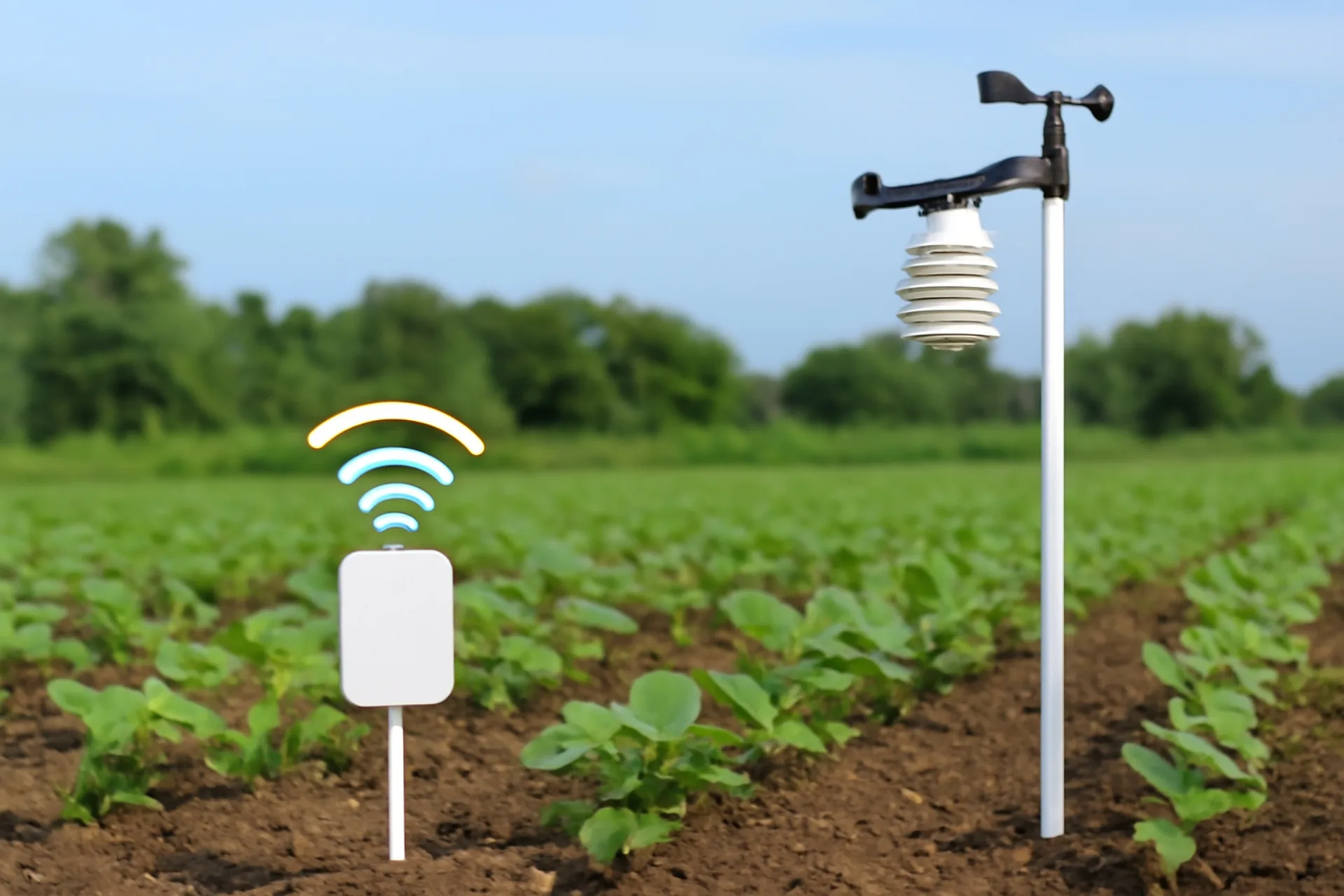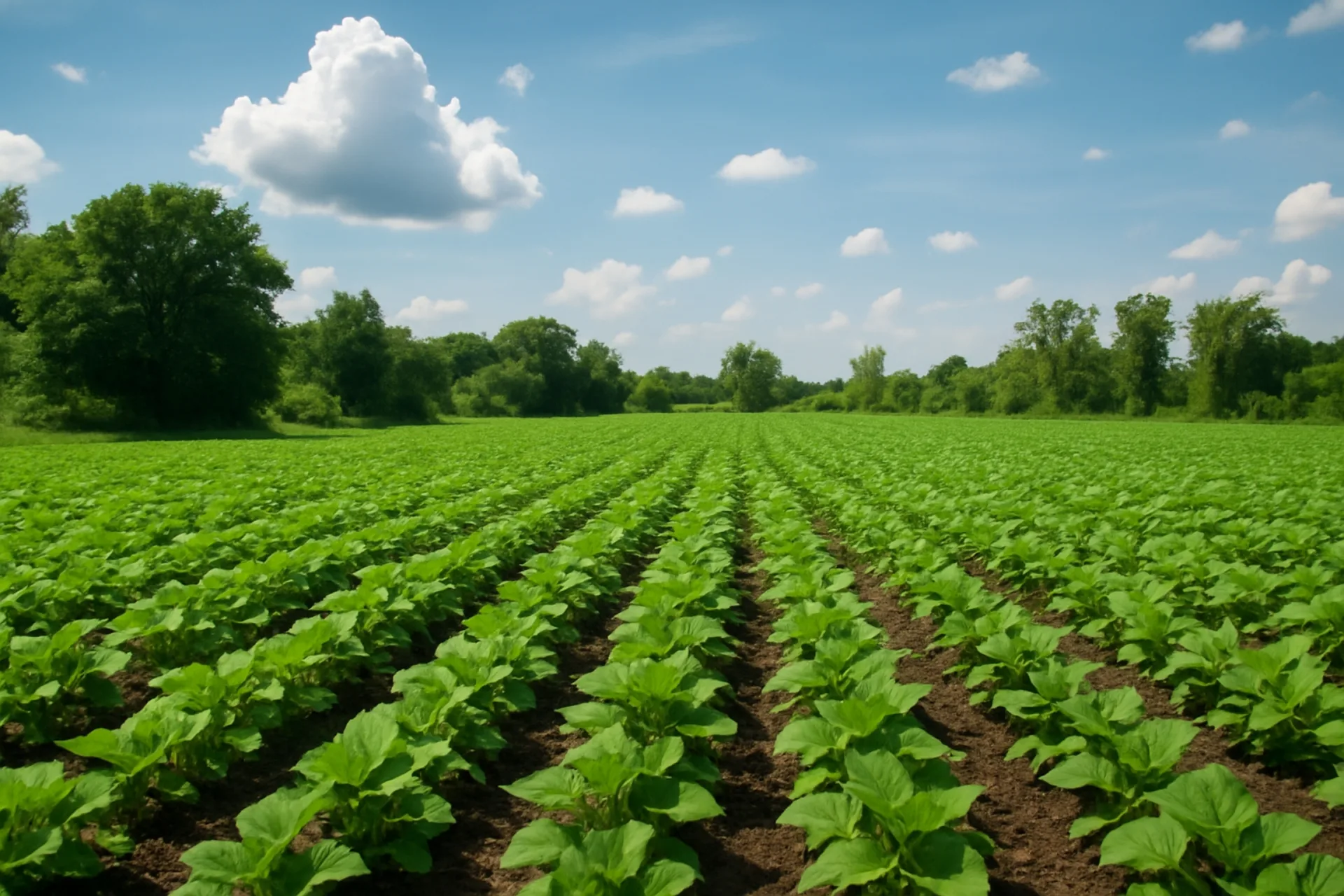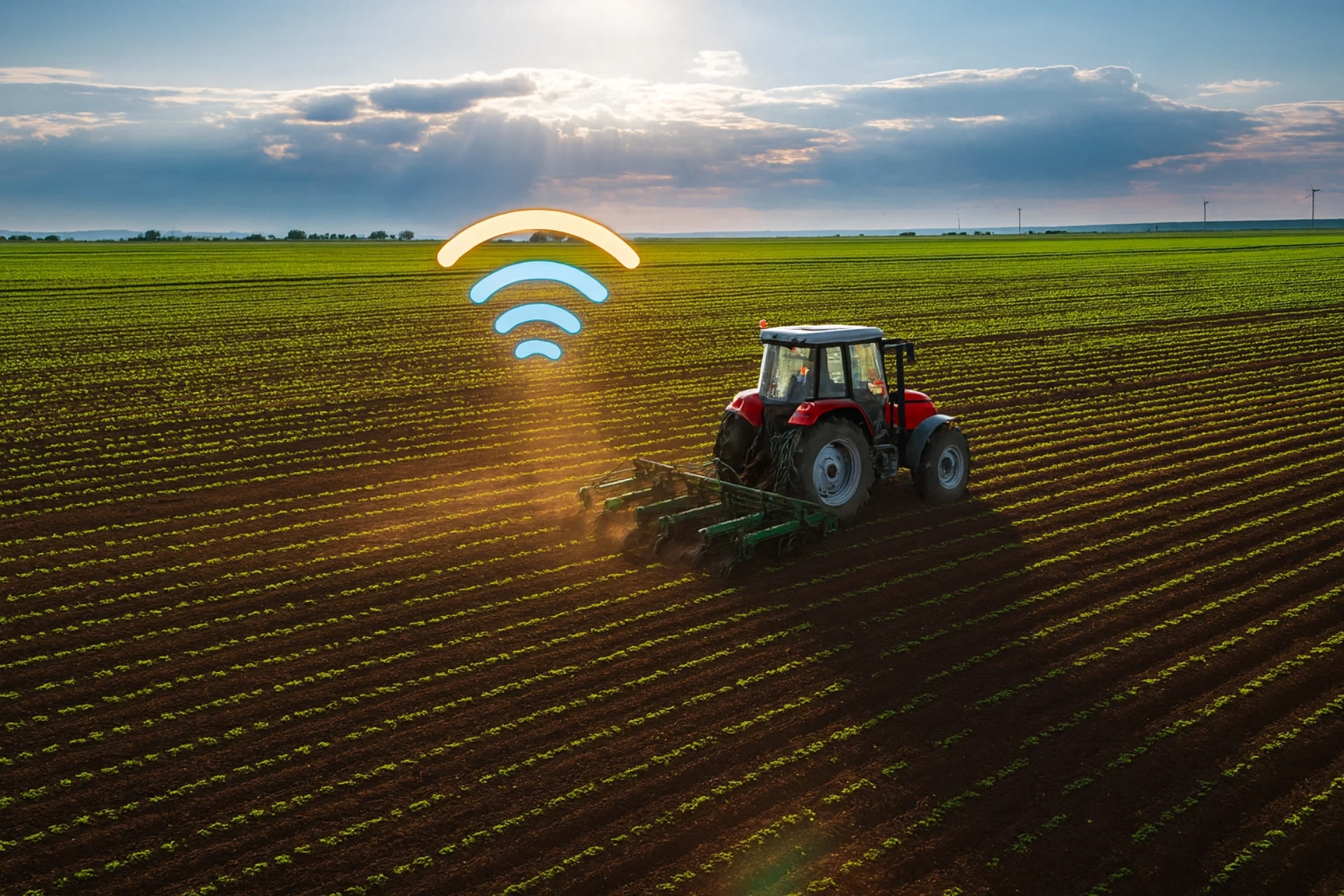1. Introduction: The Quiet Tech Revolution in Our Fields
At first glance, a paddy field in rural India still looks like it did decades ago—lush green shoots swaying in the breeze, farmers wading through ankle-deep water. But if you look closer, you might spot a small weather station tucked away in the corner, tiny sensors buried beneath the soil, or even a buzzing drone surveying the crops.
Today, some of these farms are more data-driven than corporate boardrooms. AI-powered recommendations guide irrigation, pest control, and fertilizer use. IoT devices transmit real-time updates to farmers’ smartphones. Even smallholder farmers are beginning to make decisions not by instinct alone, but with analytics at their fingertips.
This is the quiet tech revolution happening across Indian soil — not in flashy, urban labs, but in the humble fields that feed over 1.4 billion people.
2. What Smart Farming Looks Like Today
Imagine a farmer in Punjab, walking into his wheat field before dawn. Instead of testing the soil with his hands or guessing whether to irrigate, he opens an app. Within seconds, he sees:
Soil moisture levels (via buried IoT probes)
Weather forecasts (hyper-local data, accurate to a few square kilometres)
Crop health (AI analysis from drone or satellite images)
With one tap, his irrigation system waters only the sections that actually need it, reducing water waste by up to 50% and cutting fertilizer use by nearly 30% — savings that directly boost his profit margins.
Such precision farming isn’t science fiction — it’s already happening. According to the International Journal for Multidisciplinary Research (IJFMR), Indian farmers using IoT-based automated irrigation systems have reported 30–50% water savings while maintaining or improving crop yields.
3. Real Tech on the Ground: India’s AI Agriculture Success Stories
Here are some real-world examples proving that AI and IoT aren’t just for big agribusiness — they’re reaching small farms too.
a. Chili Farmers in Telangana — AI4AI Platform
In Bhavam, Telangana, chili farmers adopted the AI4AI platform, which combines predictive analytics, crop advisory, and even links to digital marketplaces. The results were stunning:
Yields doubled compared to traditional methods
Pesticide usage dropped significantly
Profits rose by 21% thanks to better crop quality and direct market connections
b. Vidarbha’s Cluster AI Farming
Vidarbha, often in the news for farmer distress, is now home to an AI-led revival. Under the “Cluster AI Farming” initiative, small groups of farmers receive real-time soil, moisture, and pest updates directly on their mobile phones.
In one sugarcane pilot project, farmers achieved record-breaking yields of 140 tonnes per acre. The model is now being replicated in other high-yield crops.
c. Nano Ganesh — Turning Pumps Smart
For decades, switching on an irrigation pump meant travelling kilometres to the farm — sometimes at odd hours. Now, Nano Ganesh, a mobile-based remote irrigation controller, lets farmers operate water pumps from anywhere.
Over 60,000 farmers across India have adopted this device, saving time, labour, and water.
4. What’s Next — Bridging Tech Into Village Life
Smart farming tools don’t exist in isolation. Villages are becoming ecosystems of innovation.
Satnavri Smart Village Project: Pilots AI tools not just for farming, but for education, healthcare, and administration. In agriculture, farmers access smart irrigation systems, weather forecasts, and even AI-powered crop disease detection. (Source: The Times of India)
Wadhwani AI: A non-profit building voice-based AI assistants in local languages. Their Dhenu 1.0 model gives farmers step-by-step agricultural guidance — even without literacy or internet skills.
5. Challenges on the Road Ahead
While the technology is promising, three big hurdles remain:
Connectivity gaps — Many farms still lack reliable internet for real-time IoT data.
Affordability — Initial setup costs can be high for smallholder farmers.
Training & trust — Farmers need digital literacy and confidence in AI recommendations.
Government schemes like the Digital Agriculture Mission and PM-Kisan Drone Scheme aim to address these issues, offering subsidies and training.
6. Final Thoughts: Farming With Foresight
AI and IoT in agriculture are not about replacing farmers, but about empowering them with tools to make smarter, faster, and more profitable decisions. From chilli farms in Telangana to sugarcane fields in Vidarbha, the proof is already in the harvest.
As these technologies become more accessible, Indian agriculture is poised to move from weather-dependent uncertainty to data-driven confidence — ensuring food security for millions while making farming a more sustainable and rewarding profession.



